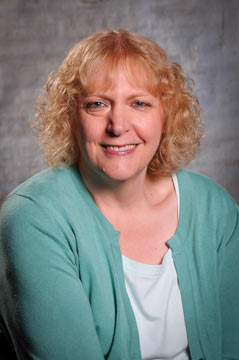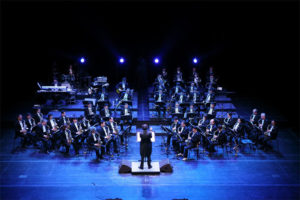by Deborah Newmark, AFM Director of Symphonic Electronic Media
As I write this, we are 15 months into the COVID-19 pandemic and on the threshold of transitioning back to normal in the US. At the start of the pandemic, as musicians all over the world were sent home without any idea of when they would be able to return to work, orchestras in the US found themselves in uncharted waters. The AFM recognized, from the very beginning, that we needed to act fast to make it viable for orchestras to stream content as quickly as possible, while at the same time ensuring that our musicians would continue to be compensated.
The first agreement in March 2020, which was a side letter to the Integrated Media Agreement (IMA), got us through the balance of the 2019-2020 season. The next IMA side letter covered the 2020-2021 season. We now have a new IMA side letter for the 2021-2022 season, which hopefully will be the last one and may not even be needed through the entire season. That would be terrific news!
So how do you measure success under these circumstances? Certainly, the most successful measure by far is that most symphony, opera, and ballet musicians continued to receive compensation at either 100% or at a fairly significant percentage of pre-COVID wages. Most employers worked to ensure their artists would be able to survive, keep their homes, and take care of their families. A small handful of employers chose not to do this, treated their artists abysmally, and left them without any means of support. In our field, they were gratefully in the minority.
And what about our loyal audiences? The introduction of these streaming side letters made it possible for orchestras to release existing content, and in many cases, create new content, to make sure the connection with their audiences remained strong throughout this crisis. The streamed music kept those connections alive and brought solace to our audiences as we all went through this shared, frightening experience.
We saw a burst of creative ideas born out of necessity as we grappled with how to create new content under compromising circumstances. At first, musicians recorded music alone at home. Very few musicians have professional recording equipment at home. Many struggled using their smartphones to capture their performances. The next discovery was the composite video that appeared like a zoom screen where individuals contributed tracks to a unified whole. As the year progressed and small groups of musicians were allowed into venues, we started to see small ensemble programming of chamber music. And finally, we saw venues open to larger ensembles who were then able to start recording traditional symphonic repertoire.
Through all of these stages, opportunities were created for employers and musicians to think outside the box. Musicians provided countless terrific ideas that took advantage of the reduced forces. Musicians found themselves playing repertoire they would not normally play in a traditional symphonic, opera, or ballet setting. It opened the door to a lot of new and interesting musical choices. There is an inherent desire to connect with music. This crisis created an environment of opportunity to create something truly meaningful for both the performers and their audiences.
The Los Angeles Philharmonic produced content outdoors at the Hollywood Bowl, playing to an empty 18,000-seat arena. A drone recorded the vast, empty expanse, capturing the moment in time. The San Francisco Symphony found interesting ways to incorporate musical content into documentaries about the history and culture of their city.
A few opera companies rose to the challenge when faced with restrictions on placing singers in the same room as musicians. The singers and the musicians were recorded separately, and the final product was assembled to great success. In order to do this successfully, we recommended use of the new media provisions of the AFM Basic TV Film Agreement for these direct to streaming releases. We also saw a lot of activity in educational programming created by many orchestras and shared with pre-K, elementary, and high schools all over the US, including classes on Zoom.
Members of the New York Philharmonic took to the road on the back of a bright red open-bed truck, in some cases accompanied by countertenor Anthony Roth Costanzo. He joined these spontaneous pop-up concerts all over the five boroughs of New York City. To avoid crowds, none were announced in advance. However, the faces of the appreciative audiences they found at every location showed the power of music.
Times of great challenges can bring opportunity and our orchestras found many new ways to engage in the art form while streaming. They gained valuable experience along the way, which will only help produce better content in the future.
May we never have to experience something like the past 15 months ever again, but what we learned from this time will reap enormous benefits now and in the future.




